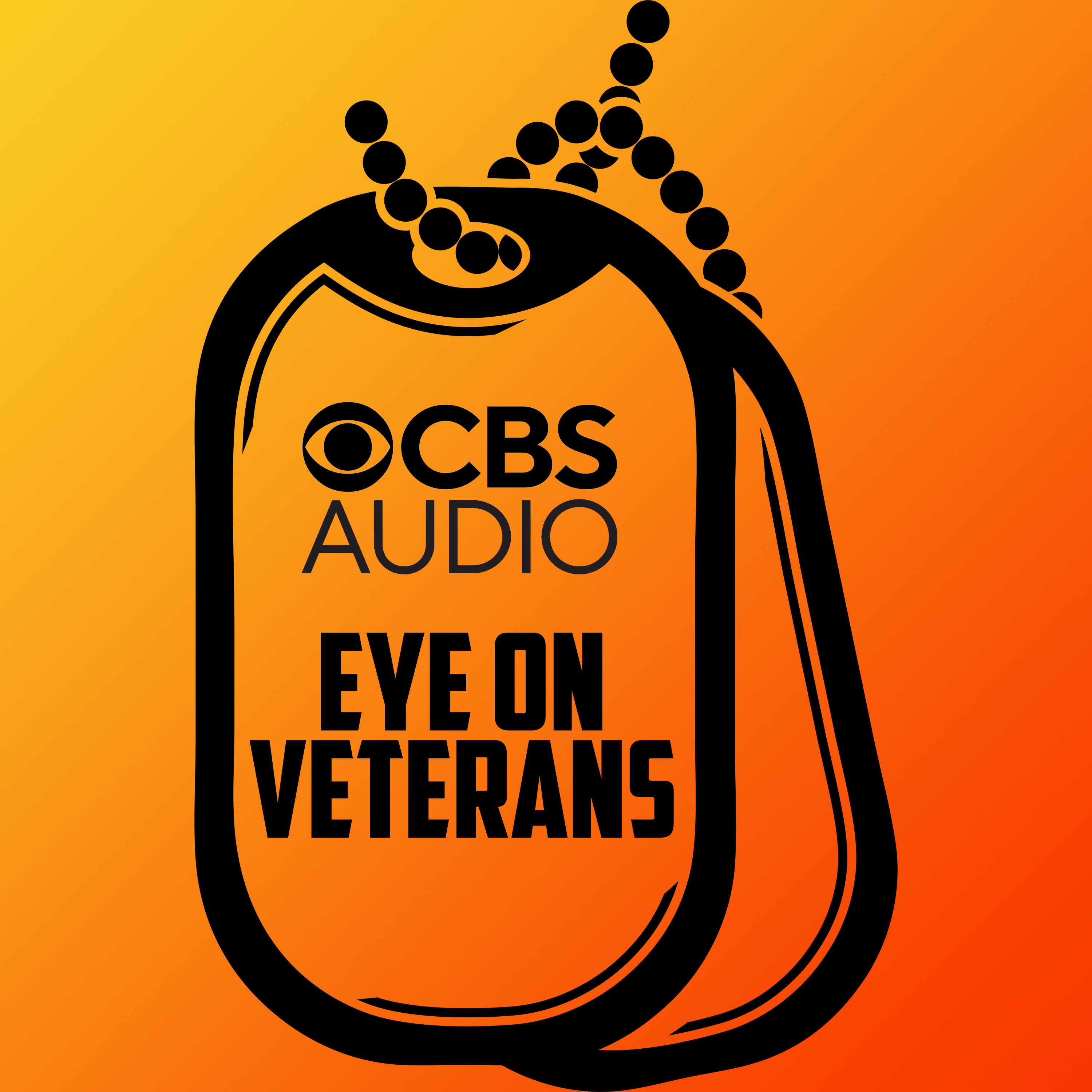
On Jan. 21, 1977, President Jimmy Carter made the controversial decision to pardon thousands of fighting-age American men who dodged the draft in order to avoid military service in the Vietnam War with Executive Order 11967.
The pardon applied to those who were convicted for not signing up for selective service or refusing to serve in the military when their draft number came up, however, it did not apply to those who deserted once they were in the military or others who were convicted under the Uniform Code of Military Justice.

"You expected something that stupid from Carter, just another anonymous chapter in the Vietnam War between the protestors and society in general," John Stryker Mayer told Connecting Vets. Mayer served in the secretive Studies and Observations Group (SOG) as a Green Beret during Vietnam running clandestine missions into Laos and Cambodia.
"Some people not happy about that, that's for sure," he said of the Presidential pardon. "The guys I grew up with went to the National Guard or Air Force Reserve, but at least they served that way."
Without any fear of future prosecution, some 40,000 to 70,000 (estimates vary) Americans who fled to Canada to avoid being drafted could now come home. But by 1977, many now had roots in their new home, started families and careers. About half of them returned to the United States.
Issuing the pardon was one of Carter's campaign promises, as he saw it as a way to heal the division and trauma caused by the war on American society.
Carter served in the U.S. Navy after his graduation from the Naval Academy in 1946. He was deployed with both the Atlantic and Pacific fleets and later become a submariner. He was released from the Navy in 1953 due to the passing of his father, which required him to return home to Georgia to run the family's peanut farm.
Carter's pardon was seen by many as impacting middle-class white men more than helping minority groups. This was because the peace movement which was involved in avoiding the draft consisted largely of college-class white men, leftist activists and rebellious youths who disagreed with the political content of the Vietnam War.
However, non-middle class and minority draftees had no such movement and those who later deserted the military to avoid serving in Vietnam were not covered by the pardon. Working-class deserters had to carry the stigma of being dishonorably discharged at best or criminally prosecuted at worst.
Yet, not all Vietnam veterans disagreed with President Carter's pardons, like Gary Abel, who was drafted into the U.S. Army and served with the 196th Infantry from 1969 to 1970.
"I should have been a consciousness objector but was too cowardly," Abel told Connecting Vets. From his point of view, the people of Vietnam were simply fighting for independence and the right to choose their way of life. "I went and made the best out of it and did learn a lot about military life and how people stick together to get the job done," he said.
When asked how he felt about President Carter pardoning those who avoided the draft he said, "I felt very good because those people had a lot more guts to avoid the draft than I did. Matter of fact, I just wrote to Jimmy Carter two weeks ago and thanked him for doing that.”
For Abel, who was seriously wounded in Vietnam, the pardon was something that helped spiritually heal some of the trauma that America had experienced during the Vietnam War. Of President Carter, Abel said, "he changed people's lives."
Connecting Vets also reached out to a spokesperson for President Carter but did not receive a reply.
Want to get more connected to the stories and resources Connecting Vets has to offer? Click here to sign up for our weekly newsletter. Reach Jack Murphy: jack@connectingvets.com or @JackMurphyRGR.


